
EBC Symposium 2025 – Registration now open
Join us from 18 to 20 May 2025 in Budapest, Hungary, for a deep dive into Sustainable Packaging for Beer – Innovations in Keg & Tank-Beer Installations, Beer Dispense Technology & Quality.
- 31/03/2025
- news

Join us from 18 to 20 May 2025 in Budapest, Hungary, for a deep dive into Sustainable Packaging for Beer – Innovations in Keg & Tank-Beer Installations, Beer Dispense Technology & Quality.

The EBC Symposium 2025 will offer keynote presentations, technical sessions, and discussions featuring top industry professionals, researchers, and brewers dedicated to shaping the future of beer packaging and dispense.

The EBC Symposium 2025 invites you to submit your abstract for this year’s theme, focusing on innovations in sustainable beer packaging and dispense technology.
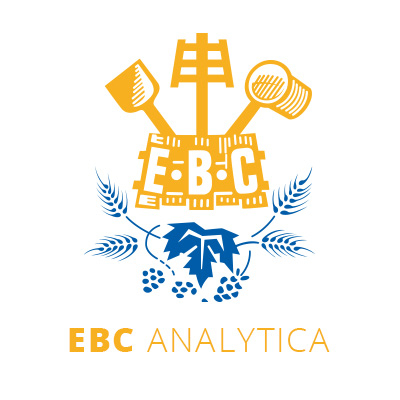
This set of safety instructions should be read before the use of any Analytica EBC Methods. The safety instructions specific to each method are detailed in the individual method's protocol. These safety instructions have been drafted by Campden BRI upon request of The Brewers of Europe/EBC (which produce a series of analytical methods that breweries and their related laboratories can follow to achieve consistent and reproducible results) and are aimed to provide some safety statements covering the general practices to be followed in a laboratory to achieve a safe and productive working environment. These statements are not intended to replace any existing national or supra-national legislation, standards or guidance. It is recommended that these statements are used in conjunction with existing guidance. A selection relevant to an international audience is provided in the Appendix.

As of today (20 September), Mrs Zorica Borković and Mrs Núria Feliu Besora will be co-chairing the EBC Sub-Committee Microbiology, replacing Mrs Gudrun Vogeser who had been chairing it for the last 15 years.

Detection of Saccharomyces cerevisiae var. diastaticus in samples of brewers' yeast, fermenting, filtered and packaged beer and the production environment including water, swabs and air.
Descriptors: Saccharomyces cerevisiae var. diastaticus, super attenuation, over carbonation, spoilage, wild yeast, PCR.
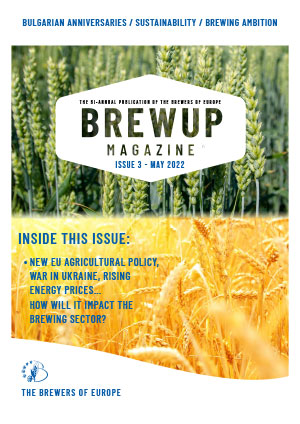
The 5th issue of BrewUp Magazine, The Brewers of Europe’s bi-annual publication for brewers by brewers, is now available online on BrewUp . Have a look and find out what’s brewing in Europe!

This procedure is used for the determination of turbidity of congress mash wort. An adapted mashing regime is proposed to ensure complete starch saccharification when it is not complete with standard congress mash. In particular, it could be used to measure wort turbidity of malts with high starch gelatinization temperatures.

For the last ten years, an increasing percentage of European barley malt samples have shown a tendency to create “gushing” beer. The gushing factors are believed to involve surface active molecules that form a layer around carbon dioxide bubbles present in beer, preventing these bubbles from re-solubilising and resulting in the over-foaming of the beer when opened. According to studies, this gushing phenomenon may be triggered by Fusarium infection. It appears to be highly complex and might be due to numerous factors. However, the mechanism is not fully explained yet.
The current method was adapted of the Modified Carlsberg Method with the help of the experts of “Barley & Malt” subcommittee experts.
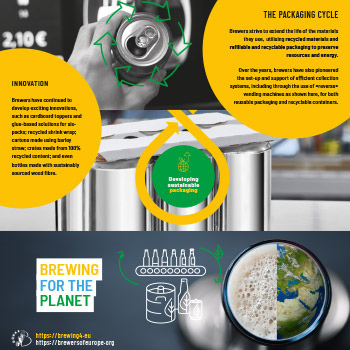
Discover how brewers are working to reduce, reuse and recycle beer packaging

The registration for the Brewers Forum 2023 opens today! Join us in Prague, Czech Republic, from the 21st to the 24th of May for four days of conferences, trade show, social events technical visits and amazing networking!

Brewing scientists, researchers and technical brewers are welcome to submit abstracts pertaining to the topic of the event “Fermentations as an opportunity for sustainably brewed and high-quality products”.

The Brewers of Europe is delighted to announce the launch of the Diversity, Equity and Inclusion (DEI) database, which will serve as a hub for showcasing best practices from European brewers and value chain partners.

It is imperative that those who are sensitive to gluten can be confident consuming foods that are labelled gluten-free or that are naturally gluten-free. The only process capable of ensuring that a product is 100% gluten-free is to utilize 100% gluten-free grains. For beer that is rendered gluten-free, the competitive R5 ELISA method is capable of detecting hydrolysed prolamins that remain in beer. The prescribed determination of gluten in beer is using RIDASCREEN® Gliadin competitive kit. This method is equivalent to the ASBC Method of Analysis Beer-49. According to the AOECS standard for gluten-free foods, the R5-competitive ELISA should always be applied to fermented and partly hydrolysed products like beer.
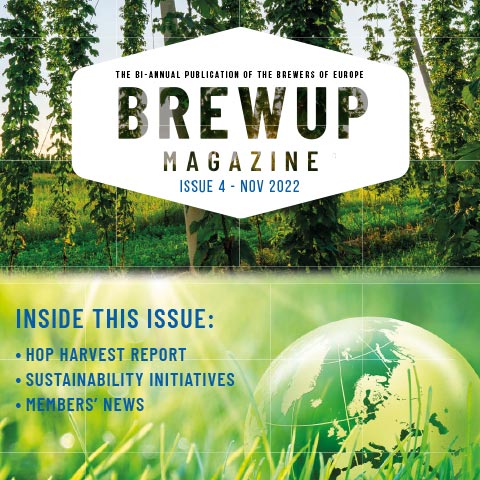
The 4th issue of BrewUp Magazine, The Brewers of Europe’s bi-annual publication for brewers by brewers, is now available online on BrewUp . Have a look and find out what’s brewing in Europe!

We are pleased to invite you to the next edition of the Brewers Forum, which will take place on 21 – 23 May 2023, in Prague, Czech Republic.

This method specifies a high performance liquid chromatographic technique for the simultaneous determination of iso-α-acids (iso) and α-acids (alpha) in wort. It is recommended for wort samples containing α-acids and iso-α-acids. Due to the coelution of iso-α-acids (or α-acids) and reduced iso-α-acids, this method is not recommended for the analysis of wort samples containing reduced iso-α-acids.
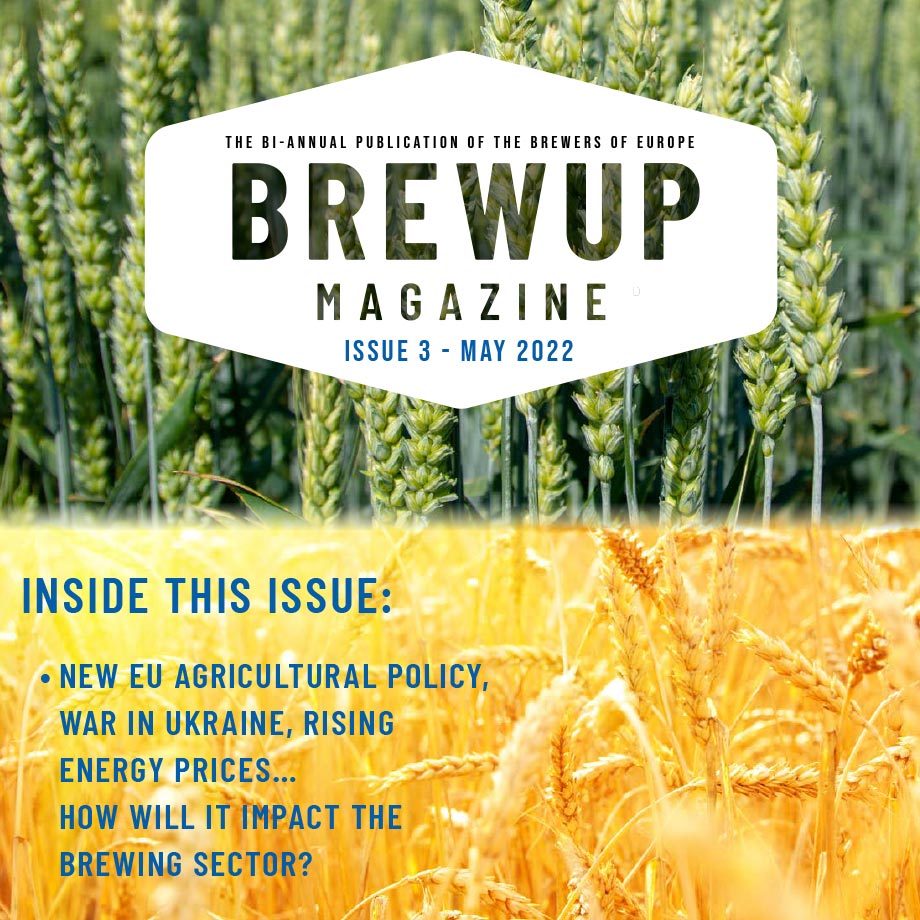
The 3rd issue of BrewUp Magazine, The Brewers of Europe’s bi-annual publication for brewers by brewers, is now available online on BrewUp . Have a look and find out what’s brewing in Europe!

The determination of the combined activity of α- and β-amylase of malt under standardized reaction conditions.

The determination of the α-amylase activity of malt as the dextrinization time of a standardized starch solution in the presence of excess β-amylase.